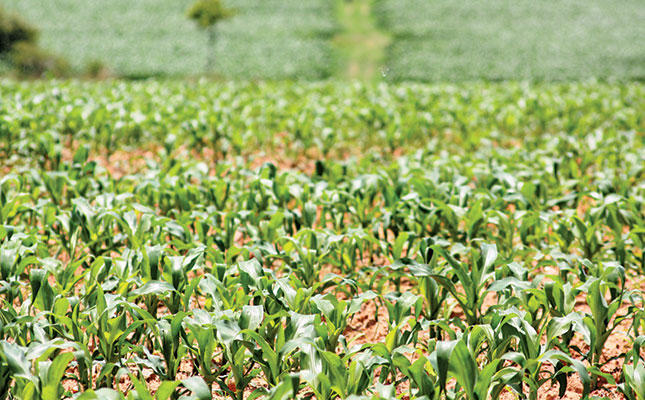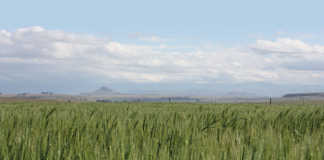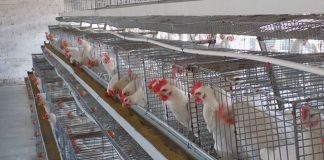
For the first time in 20 years, the producer prices of small grains in Zimbabwe have been set higher than that of maize as a way of encouraging the growing of these crops.
This was according to a recent statement by information minister, Monica Mutsvangwa, who was speaking at a media conference in Harare.
However, farmers’ unions have reacted with caution to the price review, saying that while they welcomed the move, it was only an interim measure as a new maize price would be announced after the next harvest had been completed in April.
It was expected that high inflation rates would erode the payments received by farmers.
“The maize floor producer price [has been] reviewed to encourage deliveries to the Grain Marketing Board (GMB) and for the replenishment of the strategic grain reserve,” Mutsvangwa said.
For decades, going back to pre-colonial times, the producer price paid by the GMB for small grains, among them millet and sorghum, was lower than that of maize, but in 2000, the government brought them on par, with small grains now paying better.
Zimbabwe Farmers’ Union director, Paul Zakariya, said the new prices were good, but amid economic instability, they would soon count for less.
“In this environment, the value of the new producer prices will be quickly eroded. The key issue is for the government to work to stabilise the economy,” he said.
Mutsvangwa said Cabinet had drawn up a maize, wheat and soya bean production recovery plan, which was part of a broader strategy that aimed to increase agricultural production to US$8 billion (about R124 billion) by 2023.
The plan would be based on six elements: identifying about 5 000 capable farmers to receive support for production; requiring agro-processors to buy at least 40% of their raw materials through contract farming; increasing the number of beneficiaries of free government inputs from about one million farmers to 1,6 million; growing maize under irrigation in the drier south-east and north-west lowveld; and provision of more irrigation and extension services to farmers.
“The maize, wheat and soya bean recovery plan, if meticulously implemented has the potential to reverse the dependence on imports for these crops, as well as to mitigate the financial burden on treasury,” said Mutsvangwa.













